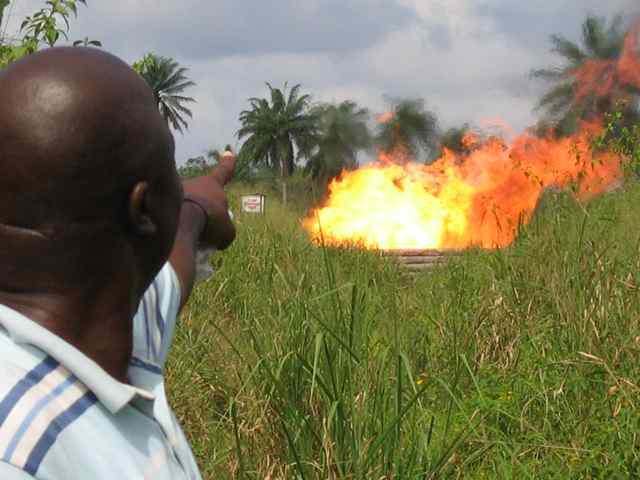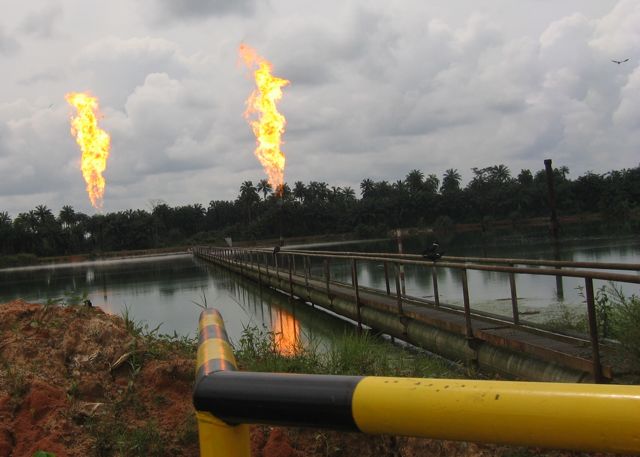Gas Flaring and Rio +20

Gas burning or flaring is used worldwide as a means of disposing of the natural gas produced during the extraction of crude oil. Flaring is an important emergency measure to reduce the pressure in the extraction system. Non-emergency flaring, however, carries heavy environmental and economic consequences:
- Worldwide, about 150 billion cubic meters of gas are flared or vented into the atmosphere each year.1
- This is equivalent to 25% of the gas consumption of the US or 30% of the gas consumption of the EU.1
- It results in lost revenue of about $31 billion each year and adds about 400 million tonnes of CO2 to the atmosphere annually.1 African countries received $30 billion in aid programs in 2008.
- In BC, industrial gas flaring results in the unnecessary burning of 960 million cubic meters of gas each year – enough to heat more than 300,000 homes.2 There are 38,000 homes in northern BC.
- Flaring accounts for almost 3% of BC’s carbon emissions.2 Since no extraction royalties are charged on gas flaring, the practice represents government revenue losses of about $50 million annually.2 The budget deficit that led the closure of 14 schools in the Prince George district earlier this year was $7 million.3
- Global and regional initiatives to curb flaring are underway, but developing countries face particular challenges related to lack of infrastructure and regulatory frameworks.
The Rio Earth Summit in 2012 marks 20 years since the 1992 Earth Summit where the concept of Sustainability was coined in the Brundtland Report. One Sky is currently involved in the early stages of creating a roadmap for civil society involvement in this world conference. During this process, we plan to join other environmental non-governmental organizations in calling for a UN resolution on unnecessary fossil fuel flaring.

Sources:1World Bank, 2Georgia Straight, 3The Dominion: News from the Grassroots

